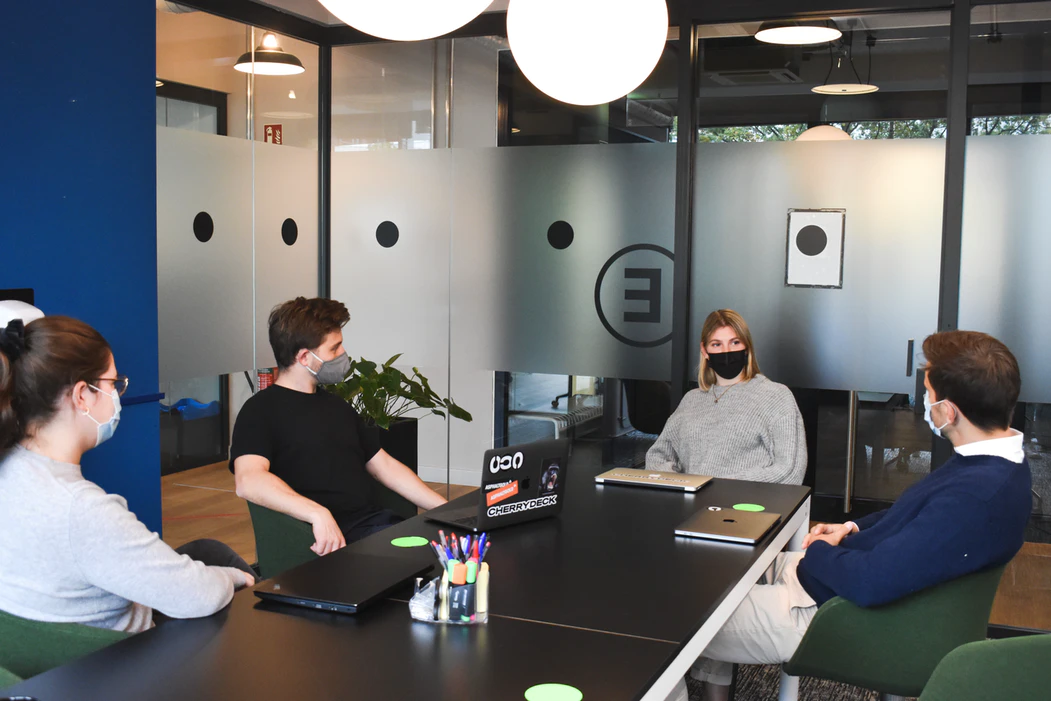
As of mid-October, less than 15 percent of office workers have returned in New York City. In big cities nationwide, office building occupancy rates are hovering around 25 percent on average. Most businesses are adopting a hybrid work model, which lets people work at home and in the office. The entire landscape of office work has shifted, but the physical workspaces themselves have yet to change much. The open floor plan still predominates the office landscape, and germ-killing robots are still mostly the stuff of science reporters’ dreams. The office of the future looks a lot like the office you left seven months ago — though you probably haven’t seen it. It’s not clear when, if ever, offices will return to their previous level of activity.
Employers aren’t forcing employees back, perhaps as a nod to the difficulty of those issues. Many employers want workers back in the office, and many employees want to be back. Both employers and employees, however, say the availability of a vaccine is a main consideration before returning to the office. A widely available vaccine may not be a reality until the middle of next year. In the meantime, employers are doing what they can — without expending excess cash in a recession — to make the space feel safer for their workers. Back in the early days of the coronavirus, when legions of office workers were sent to work from home, many were making ambitious predictions about the future of work.
Many employers have mostly forgone major construction in exchange for simpler, less expensive, and more temporary fixes. Instead of building more walled-in private offices, for instance, desks have been taped off or chairs removed in order to ensure at least 6 feet of space between employees. Plexiglass dividers and other types of lightweight barriers are seeing a spike in demand, according to office furniture company Steelcase. Such requests represent employees’ wanting to be able to construct the space around them and respond to the changing situation, Steelcase says. The company has also seen a growth in demand for mobile office equipment like tables and carts with wheels.
Auto302
Why the future of the office has been put on hold
This is the end of the office as we know it
What Will the Future of Office Work Look Like Post-COVID?